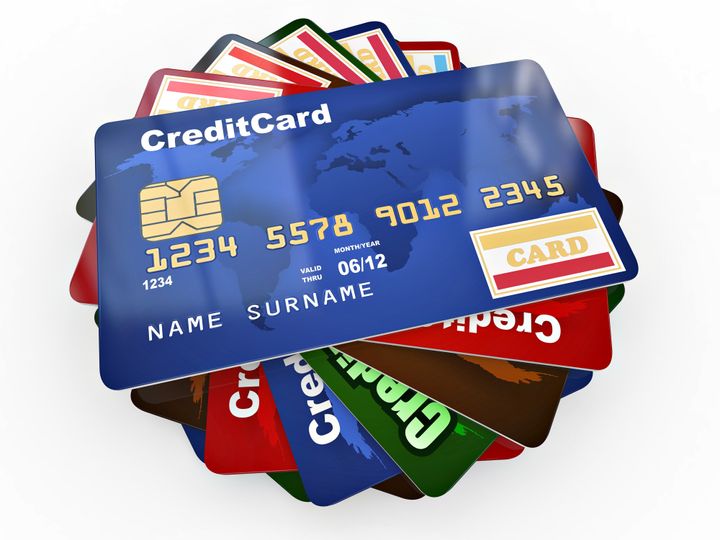
Responsible credit card use is a recipe for saving money, considering the lucrative rewards, 0 percent rates, and fraud protections that are available. The thing is, of all the words in that sentence, "responsible" is both the most important and the most likely to be ignored. We as consumers have relapsed into overleveraging in recent years, and that's of course a recipe for disaster.
When the Great Recession was front and center in our collective consciousness, we laid low with our bank accounts, actually paying off more than $1 billion in outstanding balances during 2009. As confidence in the economy has grown since then, we've added more than $86 billion in new debt in just three years.
The overall tab is now roughly $833.8 billion, or $6,980 per household. That's not all, either -- Card Hub data indicates than an additional 15 to 20 percent increase in current debt levels could spark widespread consumer defaults, which would force banks to eat significant losses, render distressed customers unable to meet other financial obligations, and put far too much pressure on an already very shaky economy.
We clearly need to change course. And while doing so will necessitate making some tough choices, the good news is the path to more responsible spending isn't particularly complicated. There are indeed a few simple steps that we can take to turn things around.
Step 1: Mindset Adjustment
Credit card debt trends indicate that growing optimism in the economy has people reverting back to pre-recession spending habits. That's a problem because such spending was propped up by housing-bubble income. The boom in real estate put more money in pretty much everybody's pockets, and the bust means that we can't afford some of the things we grew accustomed to buying in the interim. Luxuries can easily morph into necessities over time. We can't forget that.
Step 2: Budget
You really can't stop overspending if you don't keep track of your money. Otherwise, it's just guesswork. So, make a list of your expenses, compare the total to your after-tax income, and cut whatever doesn't fit. In prioritizing what to keep, don't forget to take emergency fund contributions and debt payments into account.
- Check out which cities Card Hub identified as having the Best & Worst Budgeters
Step 3: Emergency Fund
The rationale for essentially buying insurance before getting out of debt is that it's worthless to pay off amounts owed while you're just a shift in the job market away from finding yourself right back where you started. So set aside a bit every month with the ultimate goal of establishing a rainy day fund equal to about a year's after-tax income in order to withstand a lengthy job search.
Step 4: Debt Snowball
If you have a couple different balances -- student loans and credit card bills, for example -- the best approach is to pay the minimum on whichever has a lower interest rate, while putting the rest of your allotted monthly debt payment toward the other. The same theory holds no matter how many balances you have. With each one that you pay off, you'll have more money for the others -- like your payment is a snowball rolling downhill.
Step 5: Island Approach
The Island Approach is an overall strategy for implementing the above steps. The basic premise is that by separating different types of transactions on individual financial products (e.g. two different credit cards), you're giving yourself not only a chance to attain the best possible collection of low rates and lucrative rewards, but also a better perspective on your spending. For example, you could transfer your current debt to a 0 percent credit card in order to put a stop to interest, while using a rewards card that complements your spending habits to handle the day-to-day stuff. Since you shouldn't have to overspend to make everyday purchases, finance charges on that latter account would alert you to the fact that you're getting a bit lax with your budget.
Final Thoughts
Different things work for different people, so by no means do you have to follow this advice to the tee. It is important that you take the main message to heart, though: We need to reign in the spending a bit. So, even if we have to cut up our credit cards, let's just make sure we do whatever it takes to right the
Odysseas Papadimitriou is CEO of Card Hub, a website that conducts leading personal finance industry research and helps consumers save money.